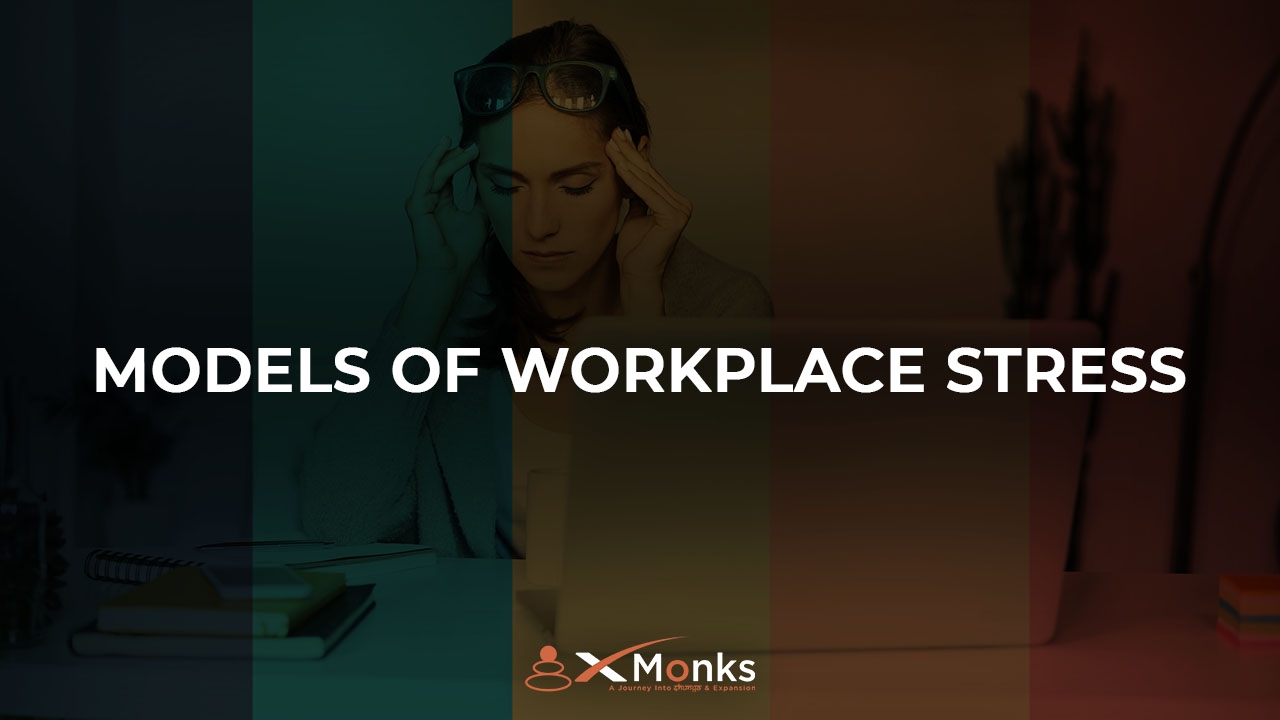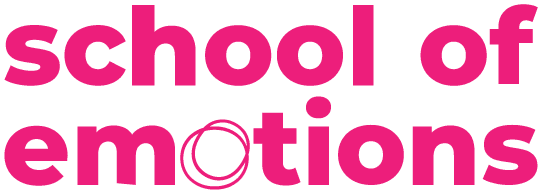Models of Workplace Stress
Author: Team xMonks | Published on: Sun, 21 Apr 2024 06:28:04 +0000

Sounds a little too scientific for a blog post, right? Well, we believe that in order to deal with something effectively, we must understand it thoroughly first. Stress is such a major factor in our offices now that we must explore its various forms. By going through this blog, we hope you can identify the shape of the monster affecting your team’s work-life balance. Plus, implementing these well-being and stress management tactics can help you retain talent by creating a healthy workplace people won’t want to leave!
Especially in today’s world, managing and conquering workplace stress is difficult. Over the years, many have theorized ways to overcome these tensions. Although there is no single solution, several methods have been found to successfully reduce stress. Let’s take a look at three popular stress models and their impact on organizations.
The Job-Demands Resources Model (JD-R)
This widely used model was developed by researchers Arnold Bakker and Evangelia Demerouti in 2006. This model analyzes how the work environment affects well-being and performance. It theorizes that every individual has job demands and resources.
- Job demands: Physical or mental stressors at work, such as a heavy workload, poor relationships, time pressures, and role ambiguity.
- Job resources: Organizational, social, and physical factors that help lower stress, such as autonomy, strong relationships, and flexible work arrangements.
When demands outweigh resources, stress and burnout are likely. Leaders must ensure a balance by providing micro-breaks, snacks, flexible work options, and mentorship.
The Conservation of Resources Model (COR)
Developed by Dr. Stevan E. Hobfoll in 1989, this model analyzes physiological stress reactions due to innate survival responses. It suggests that those with greater resources are more resilient to stress. Employees are encouraged to proactively seek more resources, such as time off, training, or additional support.
Employers should ensure employees have access to resources and are encouraged to use them. Implementing the COR model requires reflection on workplace culture, such as evaluating whether employees can easily find tools, take time off, and express their needs.
The Attention Restoration Theory Model (ART)
Developed by Rachel and Stephen Kaplan in the 1980s, this model examines how exposure to nature improves focus and reduces fatigue. Nature rejuvenates, making it a valuable tool for stress relief.
- Remote teams can engage in houseplant competitions or share scenic views during virtual meetings.
- Office teams can take outdoor breaks or schedule micro-breaks to reconnect with nature.
Honourable Mentions
Person-Environment Fit Model
This model suggests that employees feel stress when their skills, abilities, and resources do not align with job demands. If a job does not match an employee’s strengths, they may experience low productivity, isolation, and denial as a defense mechanism.
Effort-Reward Imbalance Model
When employees work hard, they expect recognition. Lack of rewards leads to demotivation and underperformance. Companies must realize that compensation is not just payment but an acknowledgment of an employee’s time and effort.
Final Thoughts
If you work in management, we hope this helps you diagnose workplace stress factors. If this blog improves even one person’s work-life balance, we’ve succeeded.
Blog you later!




.png)